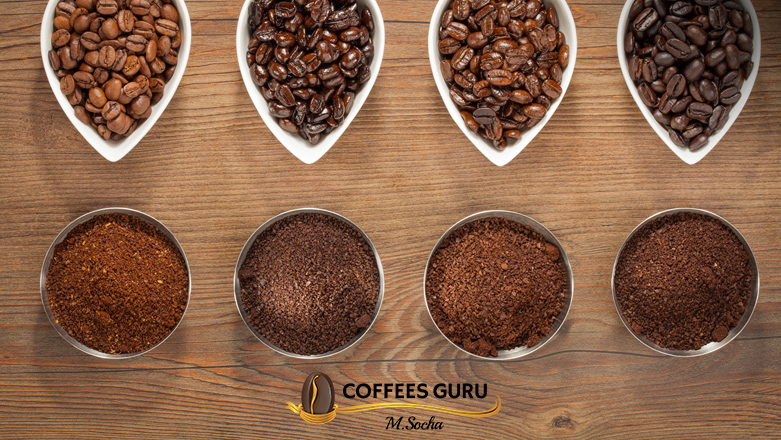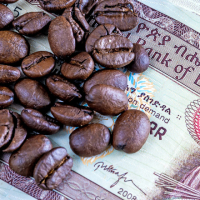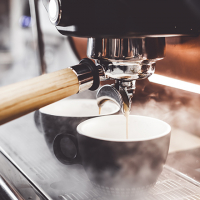Most people who drink coffee tend to limit themselves to determining whether it is good or not. In the case of people dealing with coffee professionally, such terms can not say much. Coffee beans are the second most traded commodity on world exchanges (crude oil is the first). The entire industry, from growers over brokers and roasters, to coffee shops and sometimes home coffee drinkers, had to develop some common methods of testing coffee and assessing its quality.
In this article, you can read how to recognize a good quality coffee, what to pay attention to, what deserves recognition, and what is a defect. You will learn what does acidity, bitterness, taste, body or balance really means in coffee. Getting to know these properties of coffee is not difficult at all and even if you do not have the knowledge and skills of professional tasters (and probably not), you will be able to be more aware consumer of the “little black coffee”.
As previously mentioned, coffee is a very salable commodity. It flows from plantations in South and Central America, Africa or Southeast Asia to almost every place of earth. Buyers, both large brokerage companies as well as smaller and larger roasteries, must know what beans they are buying and the mere assurances that “you will be satisfied” will certainly not be enough. The coffee industry relies heavily on coffee evaluation forms in this case. Often these are worksheets developed by the Specialty Coffee Association of America or the Cup of Excellence. The big coffee companies (e.g. Tchibo or Lavazza) sometimes rely on their own forms, but these are similar to the earlier ones and the coffee research process is very similar as well.
To the point! The process of evaluating coffee begins well before it is brewed. At the beginning, the grains prepared by growers are assessed in terms of the quality of the green, raw beans – size, number of defects, uniformity or color.
Then, after roasting, the shade of roasting the beans is assessed. Whether they are roasted lightly or strongly will have an impact on other parameters, e.g. acidity or bitterness. Another important issue assessed on a dry sample is the aroma. It is one of the most important things in coffee. It is worth mentioning that raw, green coffee beans have several aromatic and flavor compounds. Coffee has over 800 of them! The essential oils contained in coffee are similar to those of cocoa, hence the smell of coffee sometimes resembles the smell of chocolate. However, experts in their assessments are more accurate. The International Coffee Organization (ICO) lists 18 aromatic shades of roasted coffee:
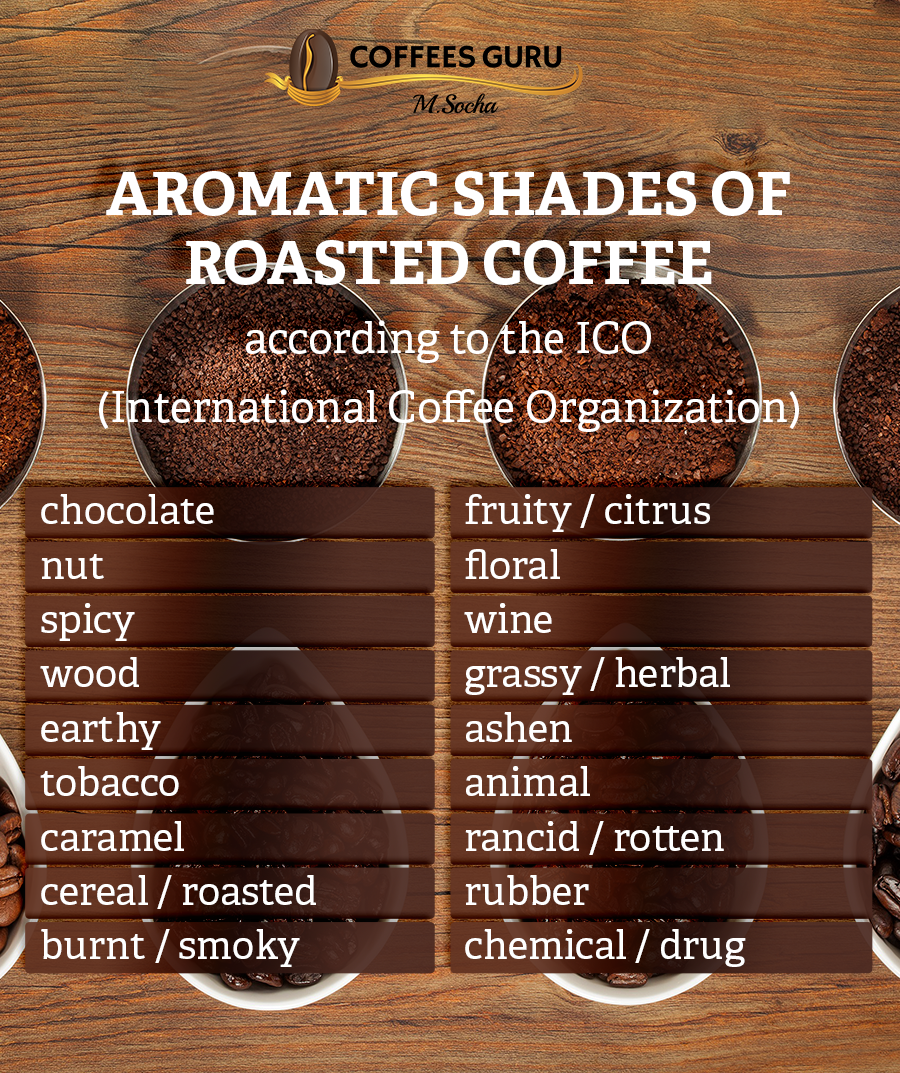
Some of them are desirable, while others (e.g. rubber) indicate low-quality coffee or serious errors in the roasting process. As an aside, it can be added that roasted coffee is the most aromatic food product.
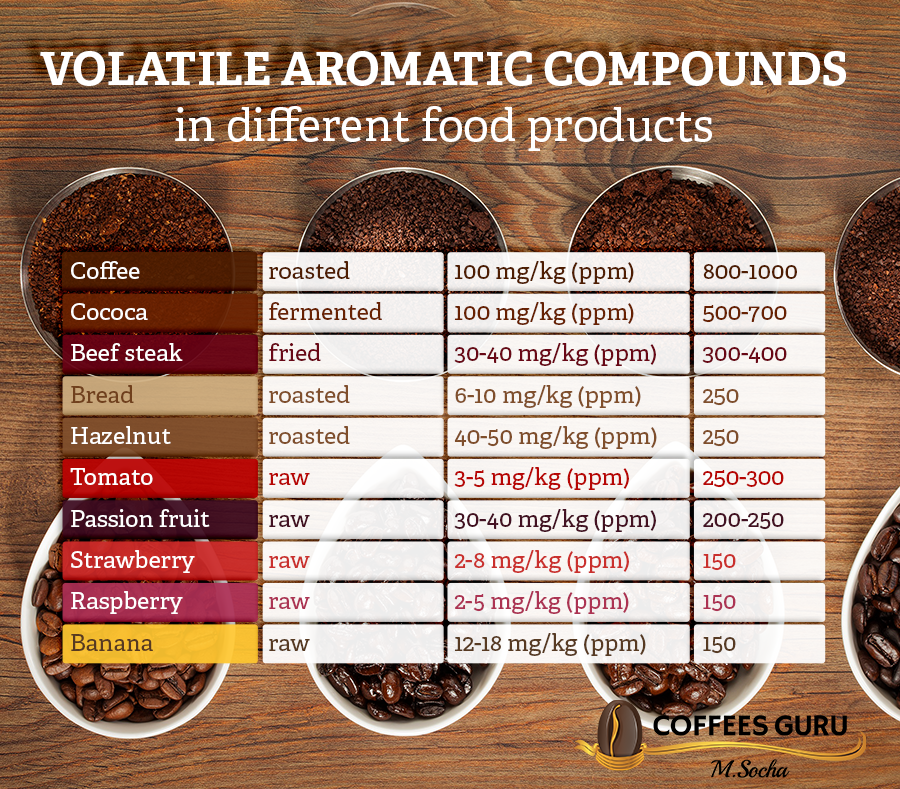
After analyzing the aroma of dry coffee, it’s time to pour hot water over it. All samples are prepared in the same way: 150 ml of water at 92 ° C per 8.25 g of coffee. Brewing takes exactly 4 minutes. After this time, a special spoon “breaks the shell”, that is, with a decisive movement, scoops the grounds floating on the surface of the brew. This will allow you to feel the aroma of the brewed coffee (which may be different from the aroma of “dry” coffee).

Next coffee parameters are assessed on the basis of the sample prepared in this way. These are:
Acidity – this is a feature that is controversial among non-specialists. It is commonly believed that this is something undesirable, you can often hear opinions that someone does not like “sour coffee”. It must be said, however, that there is a difference between “sour coffee” and coffee having a certain acidity. Without acidity, the coffee would taste bland. The best coffees from Africa, for example the Ethiopian Yirgacheffe, have acidic citrus notes that are noticeable even by laymen, and this is their highly desirable and well-liked feature. The mentioned “sour coffee” is different. This is an undesirable defect that can sometimes result from a wrong production process and resemble vinegar or ferment. In terms of acidity, coffee is somewhat similar to wine: good drinks can have slight citrus notes, while wines that are sour are just bad.
Bitterness – The typical bitter taste of coffee is due to the caffeine it contains. Coffee that is dark roasted has a more noticeable bitterness, which is related to the breakdown of carbohydrates. Roasting too long or roasting at too high temperature makes the coffee too bitter, which is an undesirable effect.
Texture (also named as body or mouthfeel) – The sensations coffee leaves on your tongue. It can be full, which is thick and heavy, or dense (which is a desirable trait) or tart and shallow, which is not very good. The consistency of the coffee is the subjective feeling of stickiness and fullness it leaves on the tongue. If after drinking coffee it feels like a delicate cream on your tongue, it has a “full body”. If you feel like a glass of water after drinking it, it is shallow and not very expressive.
Flavor and aftertaste – that is, in fact, the culmination of the aforementioned features. Good coffee has little (to very little) acidity, little to medium bitterness, and a full-bodied texture. The taste is in part the resultant of these features. Coffee has to have some acidity (which doesn’t mean it has to be acidic!), There has to be some bitterness in it which comes from the roasting process, and finally it has to be felt on the palate, it cannot flow like water. Good coffee thus oscillates between sweet, bitter and acidic, but not sweet, bitter or sour by itself. For professionals, the so-called “Clean cup”, i.e. whether the coffee is free of impurities, “noise”, and whether it is free from any sensory errors typical for coffee from a given region (e.g. typical Ethiopia Yirgacheffe should be slightly acidic, with hints of citrus, very little bitterness and medium sweetness, medium to full consistency).
Balance – all the parameters mentioned above and the proportions between them. Coffee may have an intense, desirable aroma and appropriate (usually not too high) acidity, but its other constituent parts may interfere with the perception of the whole (eg bitterness is too high, or the coffee is “flat”, ie has not very good “body”). Balance is the point of contact for all the parameters of a good coffee, which is slightly acidic but not sour, has a certain bitterness but not bitter, has a pleasant feeling on the tongue and tastes (and leaves an aftertaste on the palate) just like the coffee in the given the region and the species should be left behind.
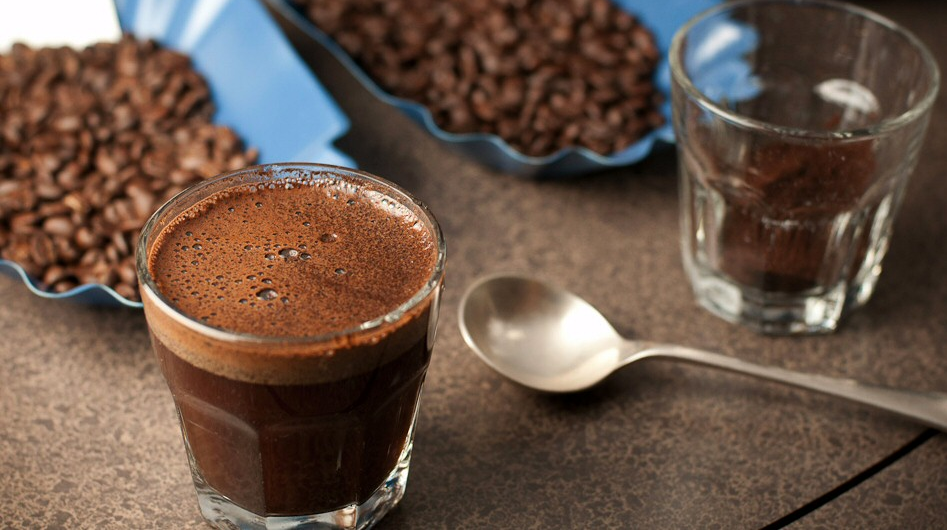
I hope that the above article will help you better understand what good coffee should be. Of course, tastes vary, and everyone may like something different.
Getting to know the characteristics of different coffees will certainly facilitate an informed choice. Do you like coffee with a noticeable acidity? Try Arabica from Africa or other continents, but delicately roasted. Would you like to feel nutty and chocolate notes in your coffee?
You will like coffees from America, preferably strongly or at least medium roasted. Or maybe you are interested in “full body” coffees with forest-earthy aromas? Arabica from Indonesia will be perfect for you. The world of coffee, like wine, is quite complex, with lots of varieties and regions of origin, but discovering it is a lot of fun, which I sincerely wish you!


